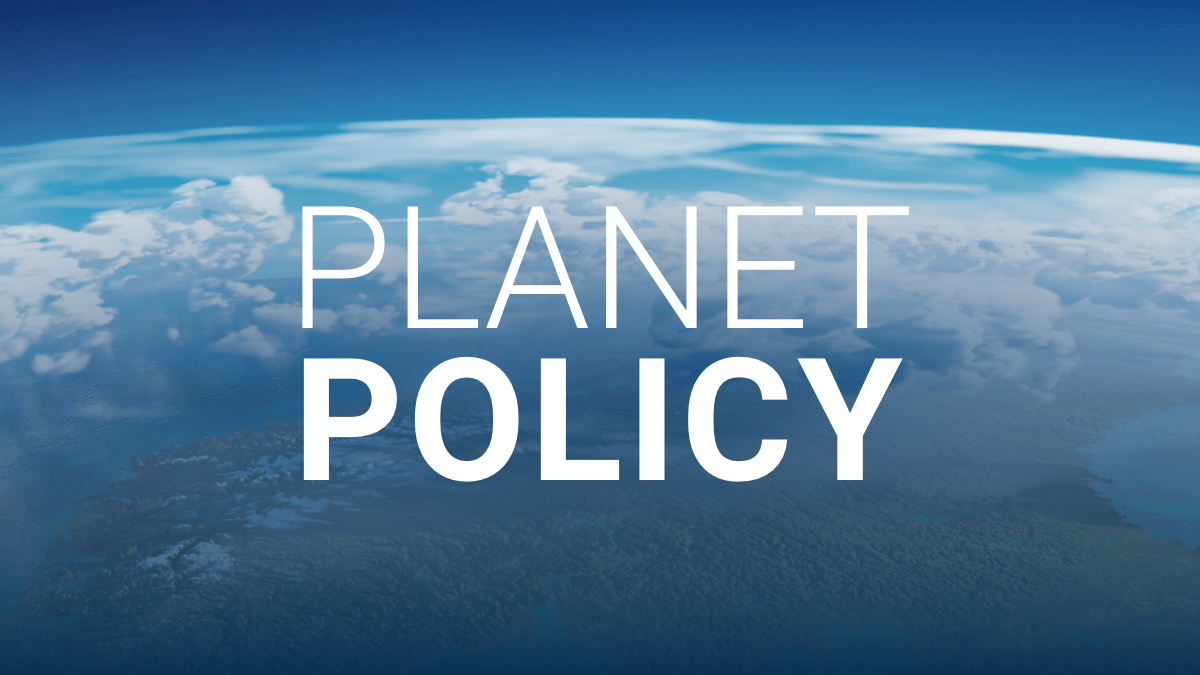On May 28 – in the midst of sanctions and strong rhetoric on the need to reduce dependence on Russian natural gas – the European Commission published its energy security strategy. Unsurprisingly, Russia will continue to be a key supplier to Europe. Europe is heavily divided on issues like energy security and energy policy.
In the west of Europe, member states consume significant amounts of natural gas and have well developed markets, which are generally attractive for suppliers, including Russia. Gas supplies have been stable, prices are competitive and markets are increasingly liquid and resilient to supply shocks. In addition, several member states in Western Europe are at the forefront of a push to a low carbon economy, which makes sense when considering climate change as well as energy security.
To the contrary, in Eastern Europe gas has historically played an insignificant role; markets are therefore continuously under construction – as European institutions have urged these member states to move away from coal – and not attractive to new suppliers. Because of this single-source dependency, lack of competition and arbitrary pricing prevail. This makes Eastern European outcries to move away from Russia understandable, although it is unclear why national governments in this part of the continent have so far done comparatively little to alter the status quo. In Eastern Europe there is also less appetite for ambitious renewable energy targets, as these are believed to bring economic harm more than anything else.
Policies related to the fuel mix have always been the exclusive domain of the member states, yet parts of European policymaking have not, e.g. market functioning and ambitious climate and renewables targets. This is where the European Commission and Parliament have set forth policies, which, in due time, are implemented in the member states, albeit at different paces. However, regulation and infrastructure, crucial elements of Europe’s energy market, continue to be dealt with primarily at the member state level.
In recent years it has become clear that this scattered approach to addressing energy needs does not serve Europe well. In particular, investments in necessary infrastructure in Eastern and Southern Europe are lagging. As a result, these member states cannot benefit from different sources of supply in Europe, and often dependence on a single supplier continues. In order to address these inefficiencies, the Agency for the Cooperation of Energy Regulation was established to better streamline national regulatory regimes, and in 2011 the European Commission received a structural mandate to co-invest in energy infrastructure – however, the financial budget is too mediocre to make an actual difference.
All in all, Europe muddles through in its attempts to complete the internal energy market. It is obvious that the current trajectory will take another number of years, including possible supply shocks and market abuse in eastern and southern Europe.
The Brookings Institution is committed to quality, independence, and impact.
We are supported by a diverse array of funders. In line with our values and policies, each Brookings publication represents the sole views of its author(s).




Commentary
Europe’s Energy Dilemma
June 19, 2014